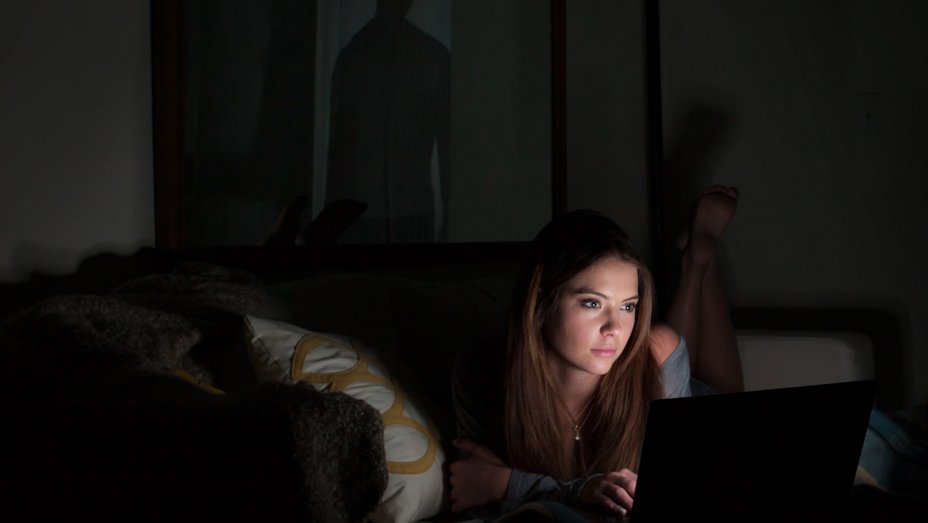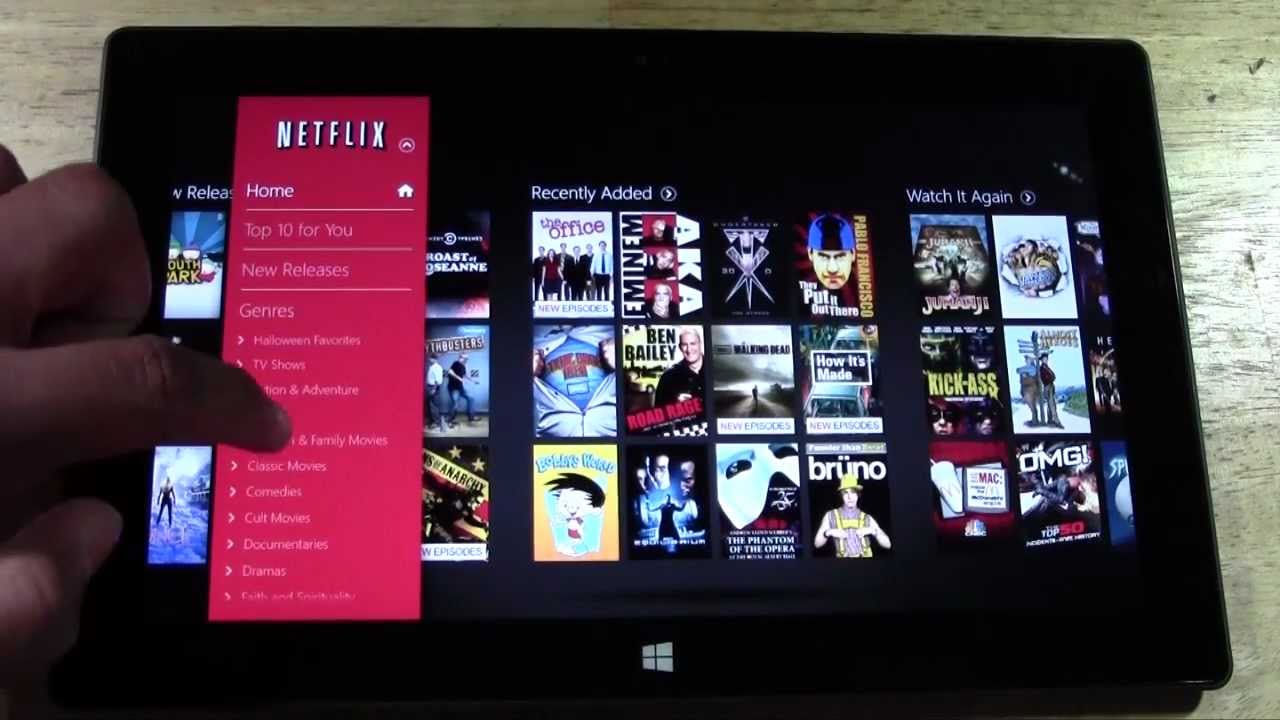Filmmakers are always looking for ways to try new things or subvert old conventions. With the wide availability of light, handheld, digital cameras in the 2000’s, found footage films ran rampant. And now, as technology and communication become even more advanced, so too has the style in which a film can be delivered. Which has given birth to a new form of found footage, referred to by some as “Web Footage”.
The Origins of Found Footage
Despite the popular notion that found footage began in recent years, the first film to utilize the format was Ruggero Deodato’s Cannibal Holocaust way back in 1980. It deals with a group of students who travel to the Amazon and are met with terrible fates by cannibalistic tribes. It’s been banned in many countries and remains incredibly controversial to this day, due to real on screen animal cruelty. Because the film was seen as so grotesque and obscene, it’s fairly obvious to see why found footage didn’t really take off back then.
After that the subgenre remained unutilized until 1999 with The Blair Witch Project. Some fans love it as a modern, suspenseful masterpiece, and others think it’s a cheap gimmick that any idiot with a camcorder could have done. But none can dispute that its true brilliance lay in its marketing campaign. It was the early days of the internet, when things were much more believable, and the filmmakers spread the word that this in fact was real “found footage”, which documented the disappearance of three campers. They went so far as to put missing posters of them around the Maryland town in which the film was shot. Before fans even went to see it, many believed what they were watching was real.

In the years that followed, Cloverfield took the same approach, even pitching the idea to Paramount as “Blair Witch meets Godzilla”. Then in 2009, with the wide release of Paranormal Activity, found footage was now being normalized. Plus, amateur filmmakers saw how cheaply they could be produced and many opted to make their films that way. The 2010’s have since seen a slew of films done in this style. And not just horror either, films like Project X and Chronicle did the same but in comedy and thriller, respectively. Even famous directors decided to give the format a try with George A. Romero’s Diary of the Dead and M. Night Shyamalan’s The Visit.
Evolution into “Web Footage”
With the prevalence of social media and things like FaceTime and Skype, it was only a matter of time before filmmakers started making films from the point of view of webcams via these sites. While Unfriended is probably the most popular of these films, it’s far from first. Back in 2011, an independent horror/thriller called Megan Is Missing was released. It was very low budget and contained some particularly brutal scenes, which is most likely why it flew under the radar. But large portions of the film take place over the main character’s webcam.

In some ways, web footage makes up for some of the flaws of found footage. So many times in these films, one wonders why the characters are still carrying their camera. They’ll often be in a dire life or death situation, but still make sure they keep the camera running and the angles perfect. It never made very much sense. In Cloverfield, the character holding the camera kept reiterating he was doing so to document the event for historical purposes. But other than that, there’s no real, practical reason for people to carry cameras around like that. But in web footage, it’s just people using their phones or webcams, which is a common form of communication. And the film only takes place while they are in front of it.
And certain films have done the style quite well. Unfriended was a bit dragged out and the characters were unlikeable and annoying, but Ratter was incredibly tense. Starring Ashley Benson from Pretty Little Liars, the entire film takes place from the point of view of her webcam and phone camera, as a stalker has hacked into her system and is watching her. It taps into our legitimate fears that stem from a surveillance state coupled with obsessive people stalking us. It deals with real life issues and the fact that it could, and probably does happen for real made it all the more unsettling. While Profile is a tense thriller dealing with an undercover agent going deep into the rabbit hole of terrorist recruiting. Also a real life fear facing our society today.

The Future of Cinema?
However, web footage is not without its major drawbacks. In a future filled with films taking place on webcams, there is a risk that film may lose its cinematic quality. As young fans grow up completely accustomed to watching videos on YouTube rather than seeing films in a theater, they may not even care if cinematic quality is lost. Between Netflix, Hulu, Amazon Prime, and YouTube, there are number of originals films that will never see a theatrical release. So what’s the point in having beautiful cinematography or the Steven Spielberg “wow” shots?

Web footage certainly has its unique traits, as well as a place in entertainment. And while it does take away some of the grand scale of film, traditional cinema will always still exist. And this style does lend itself to certain types of stories. And audiences should always be open and welcoming to new ways of telling stories.




